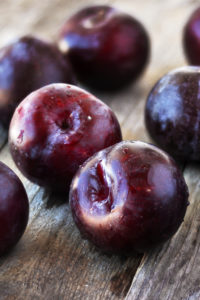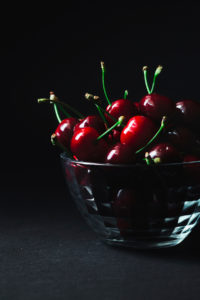 While there are many terms that your Sommelier may use that are familiar (i.e. apples, pears, lemon zest, etc.…), one that is commonly used but oft looked over by the consumer is the idea of delineated fruits or delineated characteristics in the wines.
While there are many terms that your Sommelier may use that are familiar (i.e. apples, pears, lemon zest, etc.…), one that is commonly used but oft looked over by the consumer is the idea of delineated fruits or delineated characteristics in the wines.
In my younger years I’d find myself just smiling, nodding, and upon tasting repeating it back to the Server or Sommelier as though I fully understood the concept. I didn’t. In fact, I now know – after many years working as a Sommelier in the industry – many folks don’t understand it. It seems heady as a wine descriptor and appears to make for great dinner party snobbery, but it is actually a very easy term to use upon a little education!
 The definition of delineate is to describe or portray (something) precisely. It’s that simple. Some wines will be a bit loose and play back and forth on your palate between wet stones, fruit characteristics, floral tones, but never define any one, or more, so definitely. A wine with great delineation will scream apple, then give you and unwavering sense of limestone, then move to a definite orange peel – all the characteristics are by definition delineated.
The definition of delineate is to describe or portray (something) precisely. It’s that simple. Some wines will be a bit loose and play back and forth on your palate between wet stones, fruit characteristics, floral tones, but never define any one, or more, so definitely. A wine with great delineation will scream apple, then give you and unwavering sense of limestone, then move to a definite orange peel – all the characteristics are by definition delineated.
For those with further curiosity, the delineation in a wine’s characteristics comes in part from the tannins. The tannins have an astringency that help balance the ethyl alcohol (the stuff that gets the party started), and the other compounds in the wine – allowing your palate and nose to start defining the flavors, aromas, and memories that all make wine an enjoyable experience! It is widely common in the industry to know that a focused bouquet and flavor profile are highly sought after and held in high esteem – wines with great delineation, while the loose, hazy players usually allude to something being incorrect or problematic with the wine.

